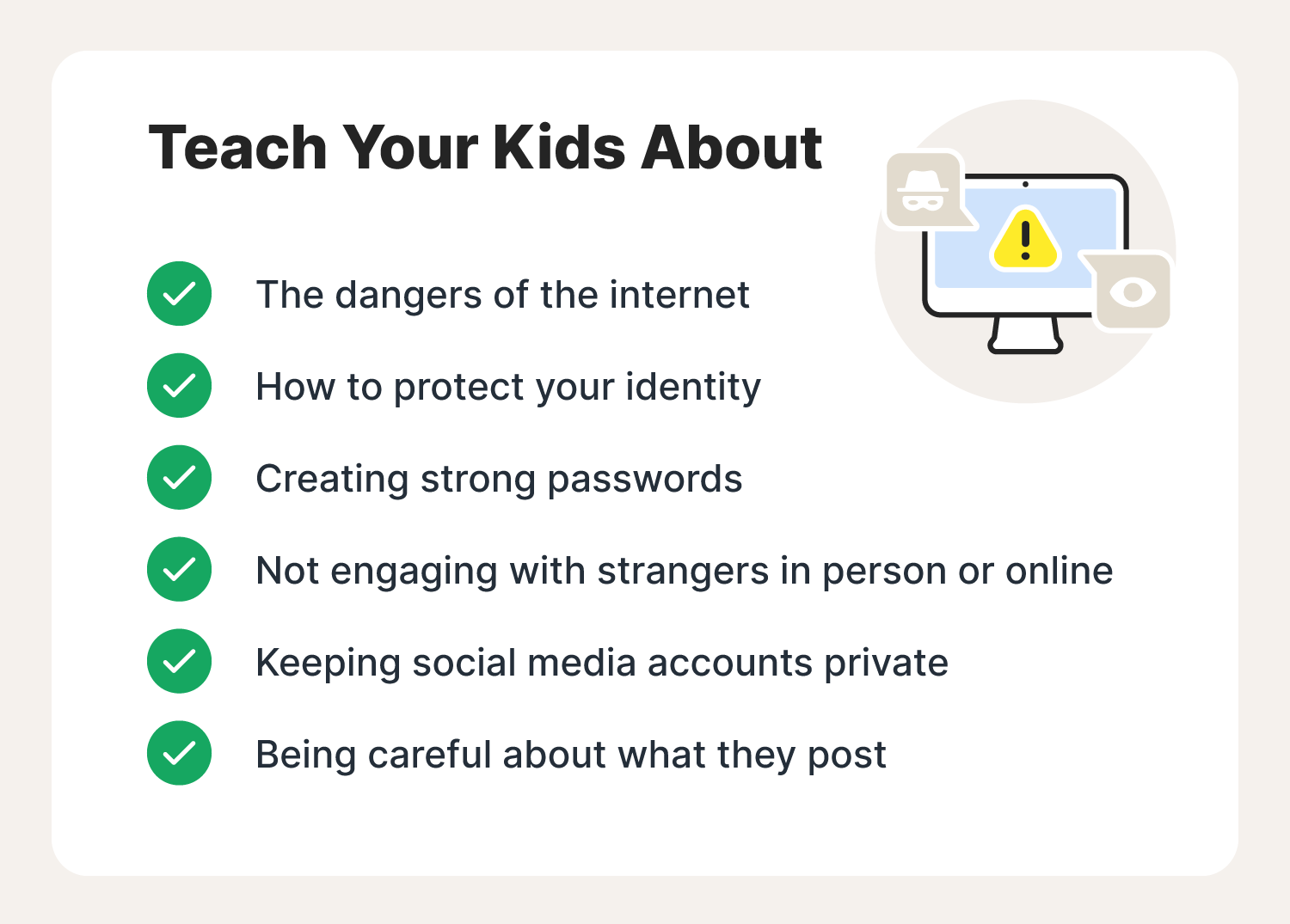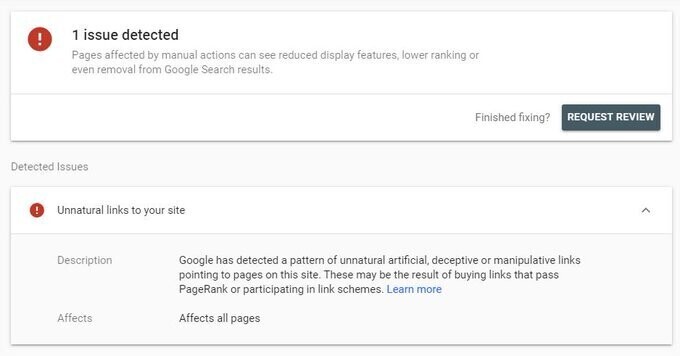All Categories
Featured
Table of Contents
- – What Is The Premier Semantic Tagging For Seo C...
- – What Is The Most Effective Semantic Search Ran...
- – What Is The Top Semantic Seo Framework Product?
- – When Are The Top Improving Rankings With Sema...
- – What Is The Most Effective Implementing Sema...
- – How Much Does It Cost To Have A Tools For Se...
- – Semantic Content Optimization
This is due to the fact that search engines have advanced and are relocating extra and extra towards checking out material on the web. Of program, that has actually likewise altered the method we produce content, especially if we want to rate far better in the search engines.
, the leader of the Web, mentioned to represent the concept that all things in the cosmos are deeply interconnected. Intertwingularity is not typically recognized, individuals keep pretending they can make points deeply hierarchical, categorizable and sequential when they can not. Whatever is deeply intertwingled. Based upon the partnerships in between search purposes, the online search engine likes a web content in placing by calculating the distance in between the vectors of significance.
It permits you to see, beginning with a subject, all the entities that are related to that topic. By doing this you can clearly see which entities/concepts/ideas have actually currently been covered on your internet site, and you can uncover new possibilities by understanding what material you can add and exactly how to create it.
What Is The Premier Semantic Tagging For Seo Company
It has the ability to make your content reasonable for internet search engine on the one hand and for your target market on the other. Structuring your material design highlights your material and its hidden connections so that search engines can recognize you amongst numerous items of info, making you more visible to individuals that fulfill the search intent pertaining to your organization.
In semantic SEO copywriting, an editor begins with a more comprehensive variety of topics and customizes the content to consist of semantically pertinent terms and phrases that assist readers recognize a subject, comparable to reading web content in a wiki. From a web content writing perspective, one sensible way to do this is to develop a vocabulary of terms and inquiries surrounding your target subject.
What Is The Most Effective Semantic Search Ranking Improvements On The Market Right Now
Find out more about by enjoying the by!.

Semantic search refers to the procedure of how internet search engine comprehend and match key words to a searcher's intent in organic search outcomes. Prior to semantic search, online search engine like Google operated like matchmakersaligning particular words in your question with those precise words on web pages. The outcomes were straightforward yet typically did not have depth.
What Is The Top Semantic Seo Framework Product?
It allows Google to offer quick, exact solution to search questions about real-world topics. When you kind a query word into Google, you're not just getting in a sequence of words. You tap right into a complex internet of significances and connections. Google's Knowledge Chart sees these words as entities with context and relationships.
When you search for "Apple," Google doesn't just see a word that explains a fruit. It acknowledges Apple as a firm and can offer associated information. Like the name of its chief executive officer, Tim Chef, or its latest supply prices. Google announced the Hummingbird upgrade in 2013. It was Google's solution to the surge of voice searches, where queries ended up being more conversational and nuanced.
When Are The Top Improving Rankings With Semantic Seo Sales
By integrating NLP, Hummingbird enabled Google to move beyond plain keyword matching. It helped the search engine comprehend search intent, enhancing the probabilities that results would precisely match the reason behind a customer's search.
Making it a lot more effective at taking care of never-before-seen search queries. RankBrain takes into consideration more than simply key words when analyzing a search inquiry.
So it brings outcomes that match the keywords and align with the total intent of giving puppy training advice. And if the user often searches for dog-related content, Google may focus on extra in-depth training guidesrecognizing the individual's ongoing rate of interest in the subject. Incorporating modern technologies like the Understanding Graph, Hummingbird, and RankBrain, semantic search assists the Google formula interpret and link information throughout a substantial internet of details.
What Is The Most Effective Implementing Semantic Seo On The Market Now
The focus changes from keyword option to an alternative approach including individual intent, topical significance, and overall customer experience. Developing web content that deals with the searcher's demands with extensive info can improve your SERP positions. Below, we detail the trends and techniques that settle the demand for semantically informed material. Later on, we give workable pointers to turn these understandings into finest techniques.
And type of web content can best please their needs. A broader approach to content aligns much better with semantic search's shift away from exact keyword matching and toward user intent. Which describes the boosted concentrate on subject clusters, as opposed to private keyword phrases. Web content that covers search queries much more thoroughly not only pleases customers.
And five times more than sites that take 10 seconds to lots. While technological SEO makes sure optimum web site performance and access, concentrating on user experience (UX) takes it an action better. UX aims to create a visually enticing, user-friendly user interface with interesting, quality web content that motivates visitors to stay. Semantic search innovation allows online search engine to go for results that offer the best possible UX.
How Much Does It Cost To Have A Tools For Semantic Seo?

All display Google's capability to resolve a topic question adequately. By recognizing the context and intent behind individual questions, online search engine can deliver extra appropriate info and potentially raise user engagement. Customization in search results makes for better UX.Based on your previous search history and choices as a user, semantic search aids online search engine tailor the results to suit your special requirements and interests.
It fetches results that match the search phrases and line up with the general intent of supplying puppy training advice. And if the customer frequently searches for dog-related content, Google may focus on much more comprehensive training guidesrecognizing the customer's continuous interest in the subject. Integrating innovations like the Knowledge Graph, Hummingbird, and RankBrain, semantic search helps the Google algorithm analyze and link information across a vast web of details.
Semantic Content Optimization
The emphasis changes from keyword option to an all natural technique including individual intent, topical significance, and overall individual experience. Producing material that addresses the searcher's requirements with thorough info can enhance your SERP rankings.

A wider strategy to content aligns better with semantic search's change away from specific search phrase matching and towards customer intent. Content that covers search queries extra extensively not only pleases individuals.
And five times higher than sites that take 10 seconds to tons. While technological search engine optimization makes certain ideal site efficiency and accessibility, concentrating on user experience (UX) takes it an action additionally. UX aims to create a visually attractive, easy to use user interface with interesting, quality material that encourages visitors to remain. Semantic search innovation allows search engines to go for outcomes that give the very best feasible UX.
All display Google's ability to deal with a topic question thoroughly. By comprehending the context and intent behind user queries, internet search engine can supply much more pertinent information and possibly increase individual engagement. Personalization in search results makes for better UX.Based on your past search background and preferences as a user, semantic search aids look engines tailor the results to fit your one-of-a-kind requirements and rate of interests.
Table of Contents
- – What Is The Premier Semantic Tagging For Seo C...
- – What Is The Most Effective Semantic Search Ran...
- – What Is The Top Semantic Seo Framework Product?
- – When Are The Top Improving Rankings With Sema...
- – What Is The Most Effective Implementing Sema...
- – How Much Does It Cost To Have A Tools For Se...
- – Semantic Content Optimization
Latest Posts
Top-Rated Optimizing For Semantic Search To Buy
The Leading Semantic Seo Platform?
What Is The Most Suitable Semantic Seo Audits?
More
Latest Posts
Top-Rated Optimizing For Semantic Search To Buy
The Leading Semantic Seo Platform?
What Is The Most Suitable Semantic Seo Audits?